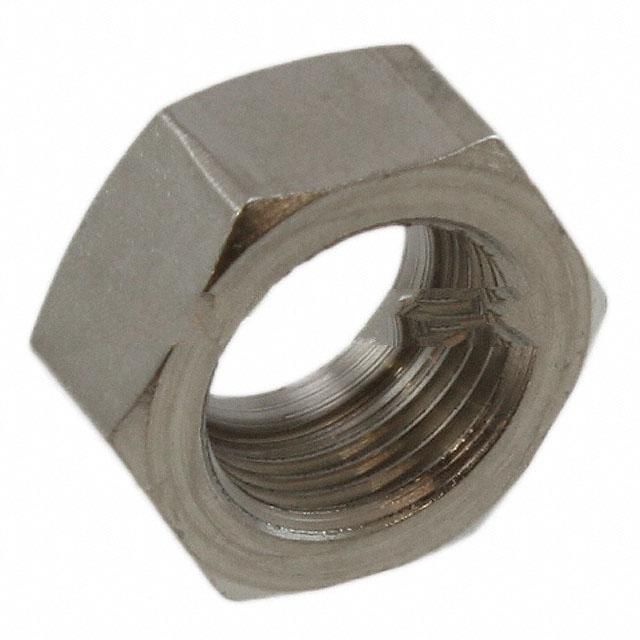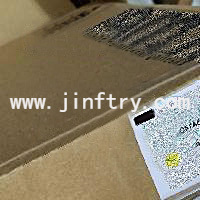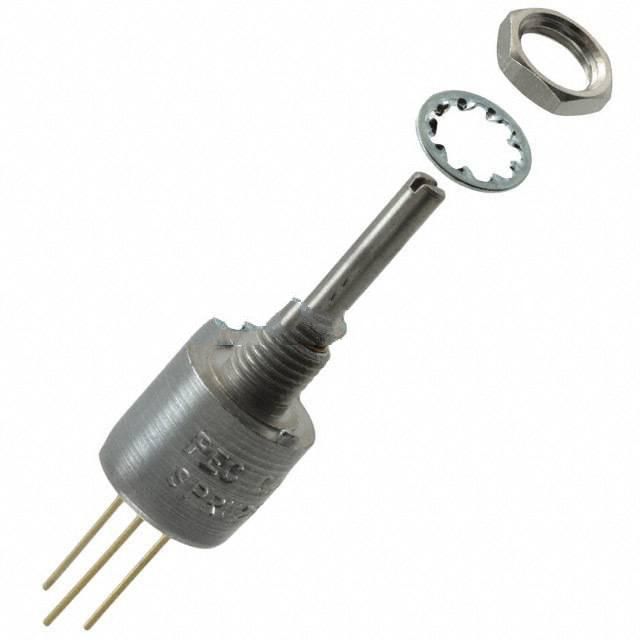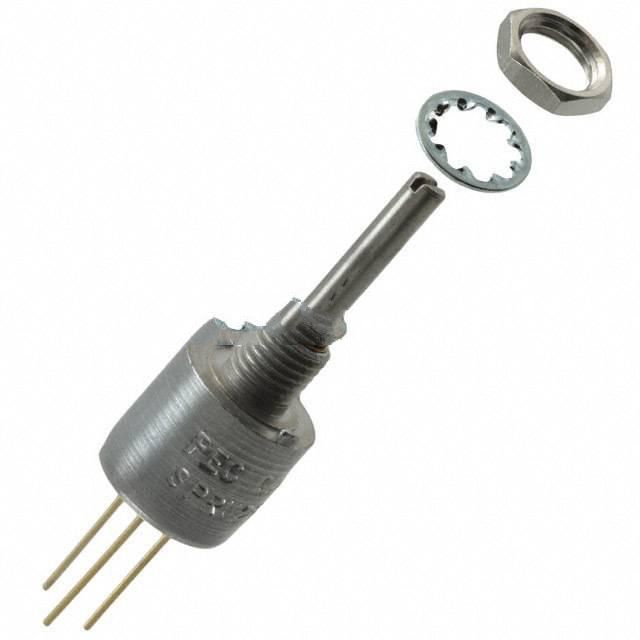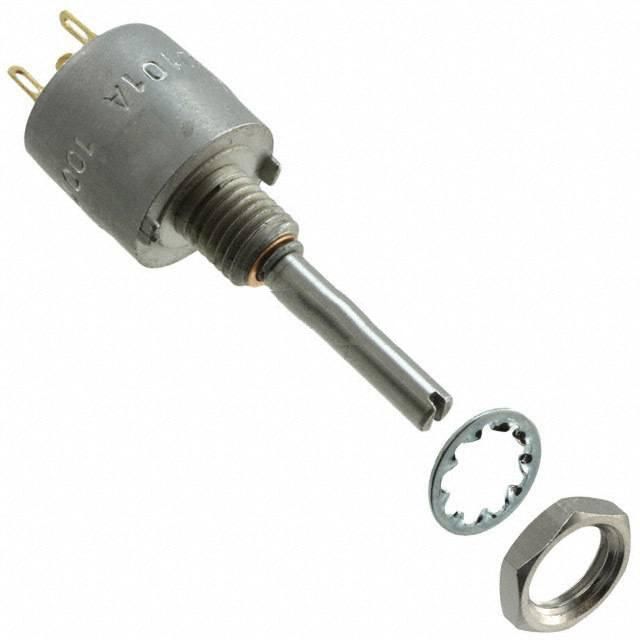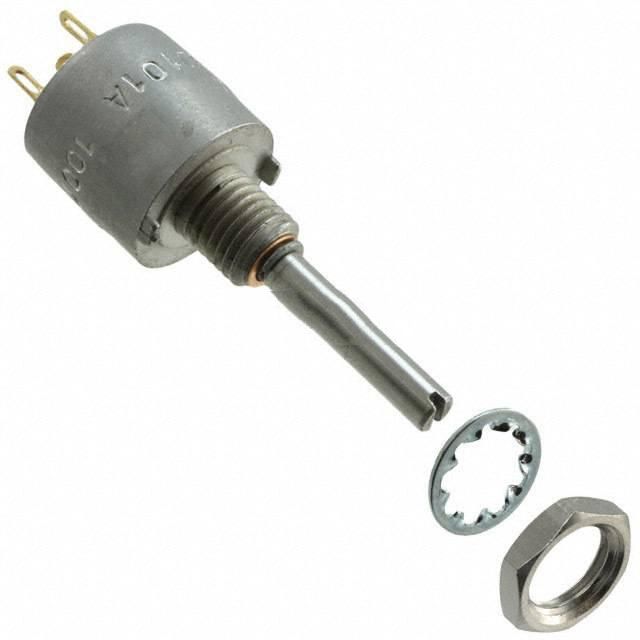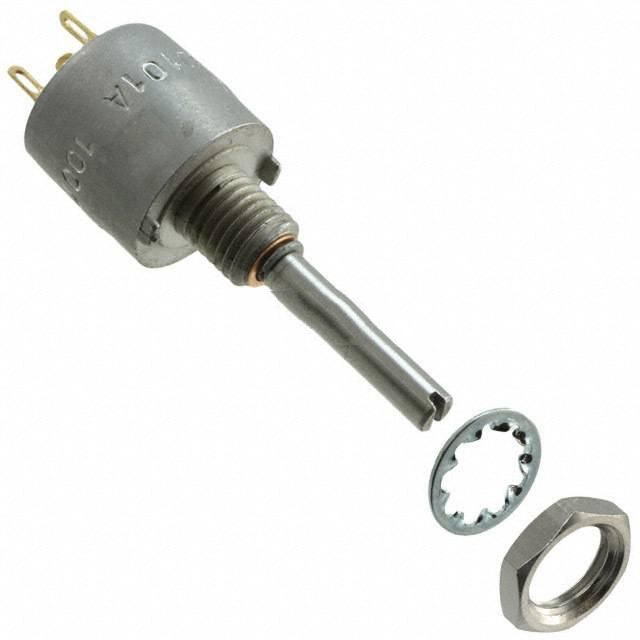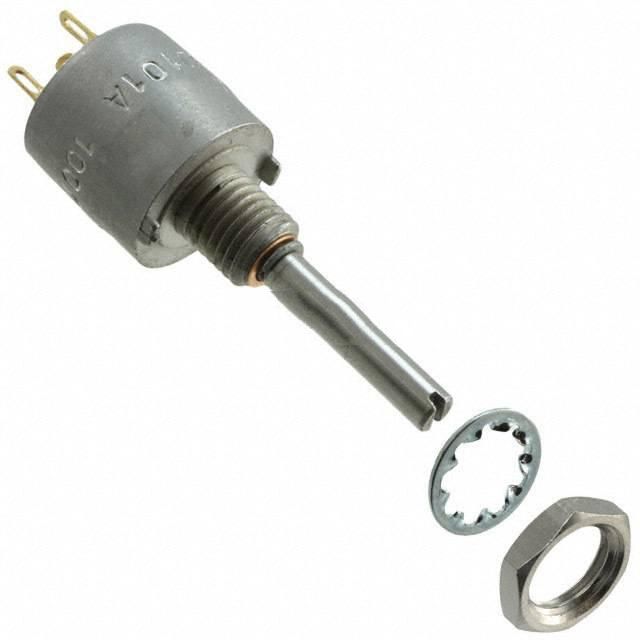Overview of variable resistors
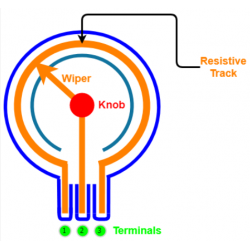
This article provides an overview of variable resistors – construction, working and different applications
What is a resistor overview:
In a circuit, a resistor is a passive two-terminal component that blocks the flow of current and dissipates power when it flows. It is represented in the circuit by the symbol in Figure 1. The ratio of voltage to current is called resistance and is represented by Ohm's law, as shown in Figure 2.

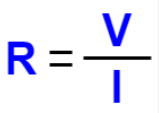
Figure 1: Resistor Symbol Figure 2: Ohm’s Law
Ohm's law states that when the temperature remains constant, the current flowing through a resistor in a circuit is directly proportional to the applied voltage. Therefore, it is reasonable to assume that ordinary resistors have two terminals, and that they have constant resistance since their resistance cannot change.
Definition of variable resistor
As the name suggests, a variable resistor is a passive three-terminal device whose resistance can be adjusted via a third terminal located between the two terminals, thereby causing the resistance to current flow to rise or fall. Therefore, the variable resistor circuit symbol has an arrow indicating the change in resistance. The electrical symbol of a variable resistor is shown in Figure 3.
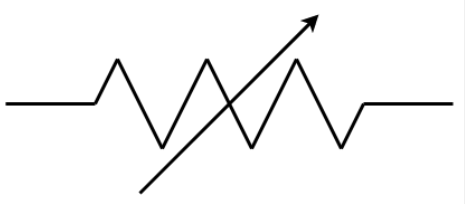
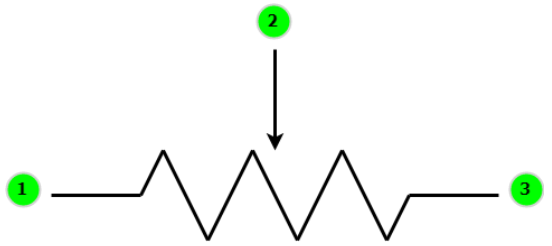
Figure 3: Variable Resistor Symbol Figure 4: Variable Resistor Symbol
The resistance of a variable resistor can vary from zero to some maximum value through its third terminal. Looking closely at the variable resistor circuit diagram in Figure 4, you can see that there is a constant resistance between terminals 1 and 3. Terminal 2 (middle) is the only terminal with removable capability. So in order to change the resistance you have to use either side terminal with the moving terminal.
How a variable resistor works:
Variable resistors are widely used in circuits to regulate current or voltage values because the resistance of a variable resistor can be set to a certain value. A variable resistor allows you to adjust the voltage value by changing the resistance and keeping the current constant. To regulate the input voltage, connect a voltage source to terminals 1 and 3 as shown in Figure 5. The output voltage between terminals 1 and 2 can be calculated using the voltage division formula shown in Figure 6.
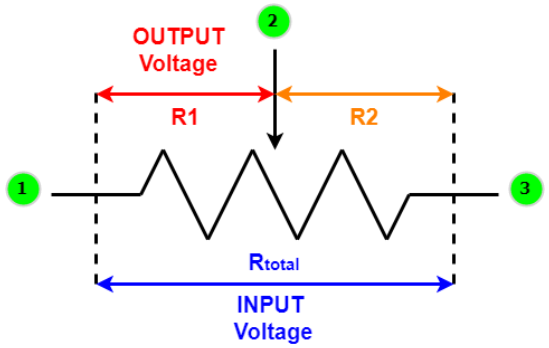
Figure 5: Usage of Variable Resistor as Voltage Divider
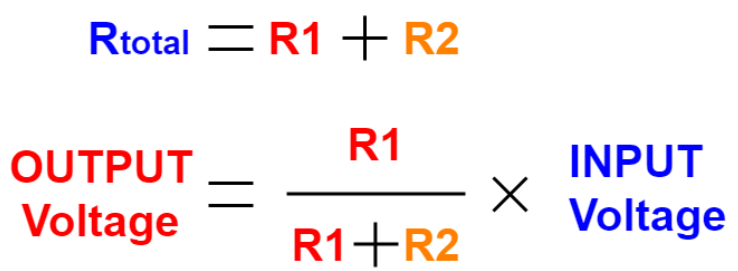
Figure 6: Voltage Division Formula
Construction of variable resistor:
Although the types of variable resistors are different, their working principle is the same. When examining the inside of a variable resistor, as shown in Figure 7, there is a fixed resistor called a resistor rail between terminals 1 and 3. Terminal 2 is connected to the knob and the slider (wiper) is in direct contact with the knob. Knob. The resistance between terminals 1 and 2 or 2 and 3 can be changed by adjusting the knob in the middle, as shown by the red circle in Figure 7.
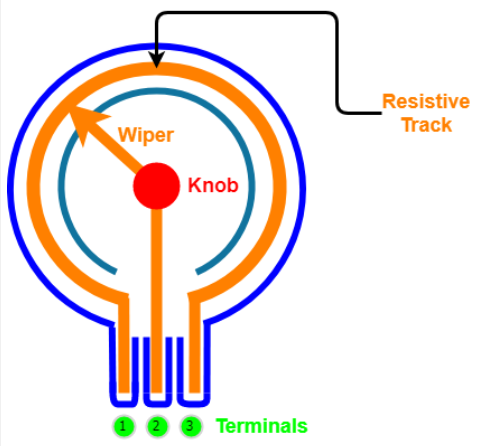
Figure 7: Variable Resistor
Types of variable resistors:
There are many types of variable resistors, and their working principles are much the same as those described in the previous sections. However, the terminal configuration and resistance value of the variable resistor can be adjusted for various environmental parameters. These different types of variable resistors include:

Potentiometer:
As mentioned in previous sections, variable resistors are often used to control voltage or current. Potentiometers are one of the most popular types of variable resistors. They are the first choice for applications requiring voltage control. There are two main groups of potentiometers: mechanical potentiometers and digital potentiometers. Mechanical potentiometers such as linear and rotary potentiometers have accuracy issues in vibration environments. Due to the sensitivity problem of mechanical potentiometers, digital potentiometers are commonly used. One of the most fundamental uses of digital potentiometers is to solve resistance drift problems that occur under challenging environmental conditions. Because digital potentiometers can be adjusted via communication protocols such as I2C, they are also useful in situations where mechanical resistance cannot be adjusted.
rheostat:
The structure of a rheostat is similar to that of a potentiometer. However, as shown in Figure 8, the moving terminal of the varistor is shorted to one of the side terminals. Rheostats are preferred in applications where adjustable resistance or current limiting is required.
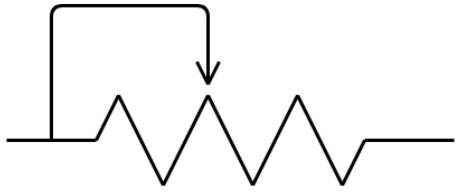
Figure 8: Rheostat Symbol
Photoresistance:
A photoresistor, also known as a light-dependent resistor (LDR), is a common type of variable resistor. Their resistance changes with the intensity of incident light due to the photoelectric effect. In environments where light intensity varies, a photoresistor may be the first choice.
Force sensitive resistor:
As the name suggests, the resistance of a force-sensitive resistor changes with the level of force applied. They are often used in robotic applications, such as inside robotic grippers.
Thermistor:
The resistance of a thermistor changes with temperature. There are two types of thermistors called negative temperature coefficient (NTC) and positive temperature coefficient (PTC) thermistors. The resistance of a PTC thermistor is directly proportional to temperature, while the resistance of an NTC thermistor is inversely proportional to temperature. Thermistors are preferred in different industrial applications where the detection of temperature changes is crucial.
Humidity regulator:
The resistance of a resistor changes with changes in humidity. Many Internet of Things (IoT) devices use humidistats to detect environmental changes.
Applications of variable resistors:
Variable resistors are found in many devices/electronics in daily life. These include radios, speakers, microphones, televisions, oscillators, smart home control devices, and more. Potentiometers are often used in home appliances that require speed or volume control.
Rheostats are used where the level of current or resistance needs to be adjusted. A common example is dimming the lights. In summary, variable resistors are popular in applications requiring voltage control or current regulation.
edit author:
 Jinftry(Hong Kong registered company name: JING FU CAI (HONGKONG) INTERNATIONAL CO., LIMITED) is an electronic parts distributor selling latest electronic components including integrated circuits, IC electronics, IC integrated circuits, IGBT, IGBT modules, button battery Microcontrollers ,discrete te semiconductors, circuit protection, capacitors, resistors, Inductor, potentiometers, transformers, isolators, crystals , oscillators, resonators, power managers, connectors, switches, relays, sensors, optoelectronic devices, diodes, and various batteries. Welcome to purchase electronic components from brand manufacturers. To view the solutions, you can log in to https://www.jinftry.com/ for inquiries
Jinftry(Hong Kong registered company name: JING FU CAI (HONGKONG) INTERNATIONAL CO., LIMITED) is an electronic parts distributor selling latest electronic components including integrated circuits, IC electronics, IC integrated circuits, IGBT, IGBT modules, button battery Microcontrollers ,discrete te semiconductors, circuit protection, capacitors, resistors, Inductor, potentiometers, transformers, isolators, crystals , oscillators, resonators, power managers, connectors, switches, relays, sensors, optoelectronic devices, diodes, and various batteries. Welcome to purchase electronic components from brand manufacturers. To view the solutions, you can log in to https://www.jinftry.com/ for inquiries


